Frequently Asked Questions
1. What is the role of chef knives in the kitchen?
2. What are the main characteristics of a chef knife?
3. How do I choose the right chef knife?
4. What are some common types of specialized knives included in chef knife sets?
5. How should I maintain my chef knives?
Knives have always played a crucial role in the culinary arts, serving as essential tools for both novice cooks and professional chefs. The importance of high-quality chef knives & sets cannot be overstated; they can elevate the cooking process, enhance safety, and improve the final presentation of dishes. In this article, we will delve into the different types of knives, their importance in the kitchen, and how to choose the best chef knives & sets for your culinary adventures.
Understanding Chef Knives & Sets
Knives are not just simple cutting tools; they are the heart of any kitchen. From slicing vegetables to carving meats, the right knife can make all the difference. Chef knives & sets typically include a variety of knives tailored for different tasks, each designed with precision and ergonomics to aid the chef in perfecting their craft.
The Essential Chef Knife
The chef knife, often referred to as a cook's knife, is the workhorse of the kitchen. Typically ranging from 8 to 10 inches in length, it features a broad blade that tapers to a point, making it versatile enough for chopping, dicing, and mincing. The weight and balance of a chef knife can significantly influence the effectiveness and comfort of use. A well-balanced knife allows for swift and effortless movements, minimizing fatigue during extended cooking sessions.
Paring Knives: The Small Wonders
While chef knives & sets often feature large knives, paring knives may be just as important in a chef's arsenal. With a blade typically around 3 to 4 inches, paring knives are ideal for intricate tasks such as peeling fruits, deveining shrimp, and precision cutting. Their size allows for greater control, enabling chefs to tackle detailed work that larger knives cannot handle effectively.
Specialized Knives: Expanding Your Culinary Arsenal
Beyond the standard chef knife, other specialized knives can greatly assist in various culinary tasks. Here are some essential candidates you might find in quality chef knives & sets:
- Utility Knife: This medium-sized knife bridges the gap between a chef knife and a paring knife. Useful for slicing sandwiches, meats, and cheeses.
- Serrated Knife: Ideal for cutting through bread and fruits with tough exteriors but soft interiors. Its saw-like blade can glide smoothly through delicate foods without crushing them.
- Boning Knife: Featuring a flexible blade, this knife excels at filleting fish or deboning meat. Its narrow and pointed design makes it easy to navigate around bones and joints.
- Cleaver: A heavy-duty knife that provides the required force to chop through bones and tough cuts of meat. It is a favorite among many chefs who handle large ingredients.
Choosing the Right Chef Knives & Sets
When it comes to selecting the right chef knives & sets, several factors should influence your decision. Let's explore a few key considerations that can help guide your investment in a quality set:
Blade Material
The material of the blade can significantly affect performance. High-carbon stainless steel is favored by many chefs due to its durability, corrosion resistance, and ability to hold a sharp edge. Alternatively, ceramic knives offer effortless slicing but may chip if used incorrectly. Understanding the pros and cons of these materials will help you make informed choices.
Grip and Ergonomics
The handle of a knife is just as important as the blade. An ergonomic and well-designed grip can prevent hand fatigue and enhance safety. Look for handles that offer a comfortable texture and weight that fits your preference, whether it’s a full-tang design for better control or a lightweight option for swift movement.
Maintaining Your Chef Knives & Sets
Investing in high-quality chef knives & sets is just the beginning. Proper maintenance is crucial for keeping your knives in top condition. Here are some essential tips for knife care:
- Regular Honing: Use a honing steel to maintain the edge of your blades regularly. This does not sharpen the knife but realigns the blade’s edge for optimal cutting performance.
- Proper Cleaning: Hand wash your knives with warm, soapy water and dry them immediately to avoid corrosion. Never place them in a dishwasher, as this can dull the blade and create damage.
- Safe Storage: Store your knives in a designated knife block, magnetic strip, or protective sheaths. This not only prolongs the life of the blade but also prevents accidental cuts.
The Historical Significance of Knives in Cooking
Throughout history, the design and use of knives have evolved significantly. From the primitive stone tools used by our ancestors to the modern surgical-grade steel of today's chef knives & sets, this evolution reflects the advancement of culinary arts as well as the cultures that value them. Different regions and cooking styles have influenced the creation of specialized knives, enriching the craft and enhancing our culinary experiences worldwide.
The Art of Knife Skills
Knife skills are vital for any culinary artist. The main techniques include:
- Chopping: A firm and rapid movement ideal for sturdy vegetables like onions and carrots.
- Dicing: Achieving uniform square pieces generally requires controlled movements and consistent sizing.
- Mincing: This technique is often used for garlic, herbs, and spices, where small, finely cut pieces enhance flavor distribution.
Each knife skill takes practice to master. However, understanding the types of cuts and proper hand positioning when using chef knives & sets is the key to building confidence in the kitchen.
Knife Skills and Their Impact on Culinary Creativity
Knives are not only tools but also extensions of the chef's creativity. Precise knife skills allow chefs to present their dishes beautifully, turning every plate into a visual masterpiece. The fresh and vibrant colors of finely sliced vegetables or the intricate patterns created by meticulous cuts can elevate a dish beyond mere sustenance. Moreover, good knife skills accelerate food preparation, allowing chefs to focus more on the art of cooking and flavor combinations.
The Future of Chef Knives & Sets
As culinary trends evolve, so does the technology behind knife-making. The future may see advancements in materials, with more emphasis on sustainability and efficiency. Innovations such as self-sharpening blades and ergonomic designs tailored to individual cooking styles could redefine how we approach knife skills.
Knives as A Culinary Passion
For many chefs, knives represent more than just tools; they embody passion and dedication to the craft. There is an undeniable allure in selecting the perfect knife and the pride that comes with wielding a high-quality blade. Whether you are a professional chef or a home cook, investing in the right chef knives & sets is an expression of your culinary passion.
Unleashing Your Culinary Potential
In the end, the role of knives in culinary arts can't be underestimated. They are essential tools that can enhance your cooking experience, unleash your creativity, and develop your skills in the kitchen. By understanding the types, care, and techniques involved with chef knives & sets, you can become a more confident and proficient cook. Remember, in the world of culinary arts, a sharp knife is not just a safe tool; it’s a creative ally that transforms the way we see and prepare food. Embrace the artistry of knife work and let your culinary journey flourish!
Step into the Shopify or Wix store of another user. Begin your visit by clicking this store link. Kindly note that this is a promotional link, and we do not take responsibility for the content of the linked store.









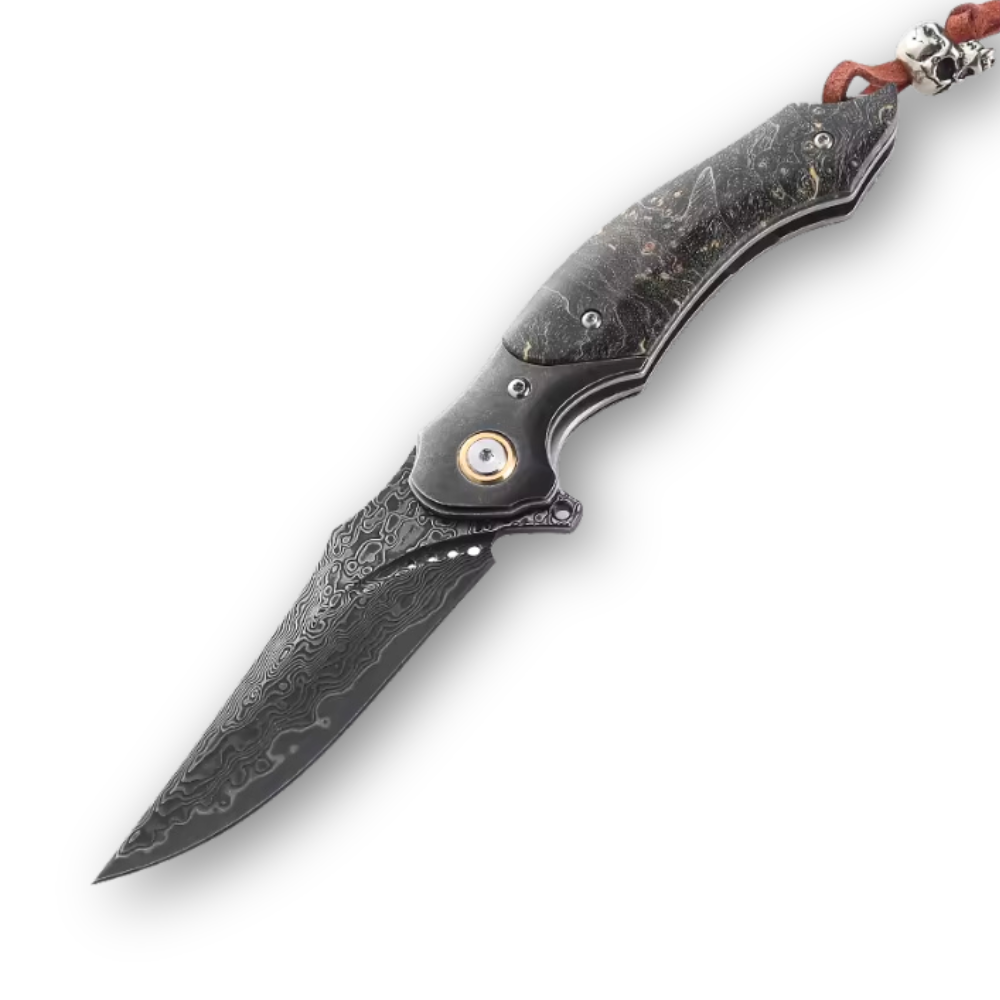










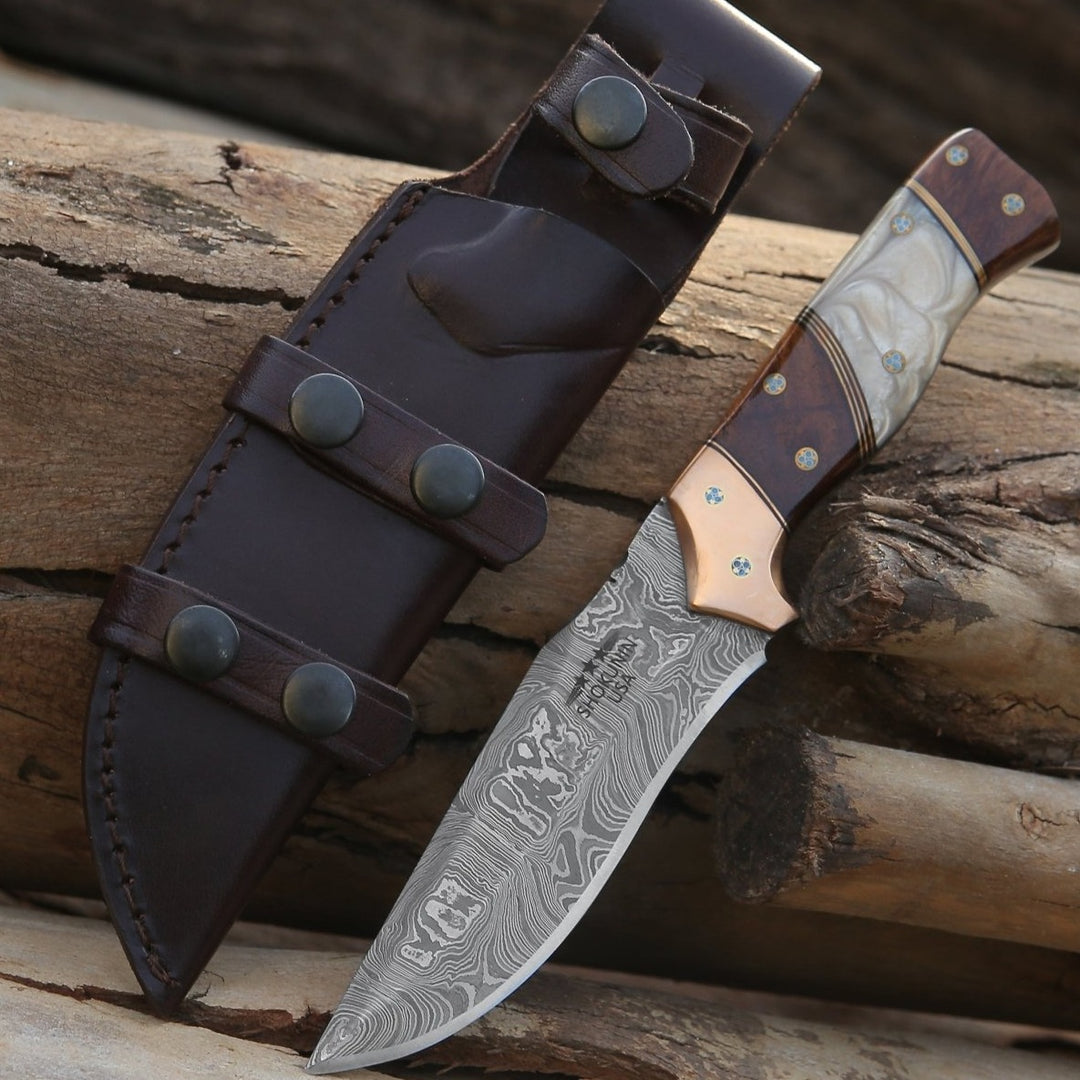
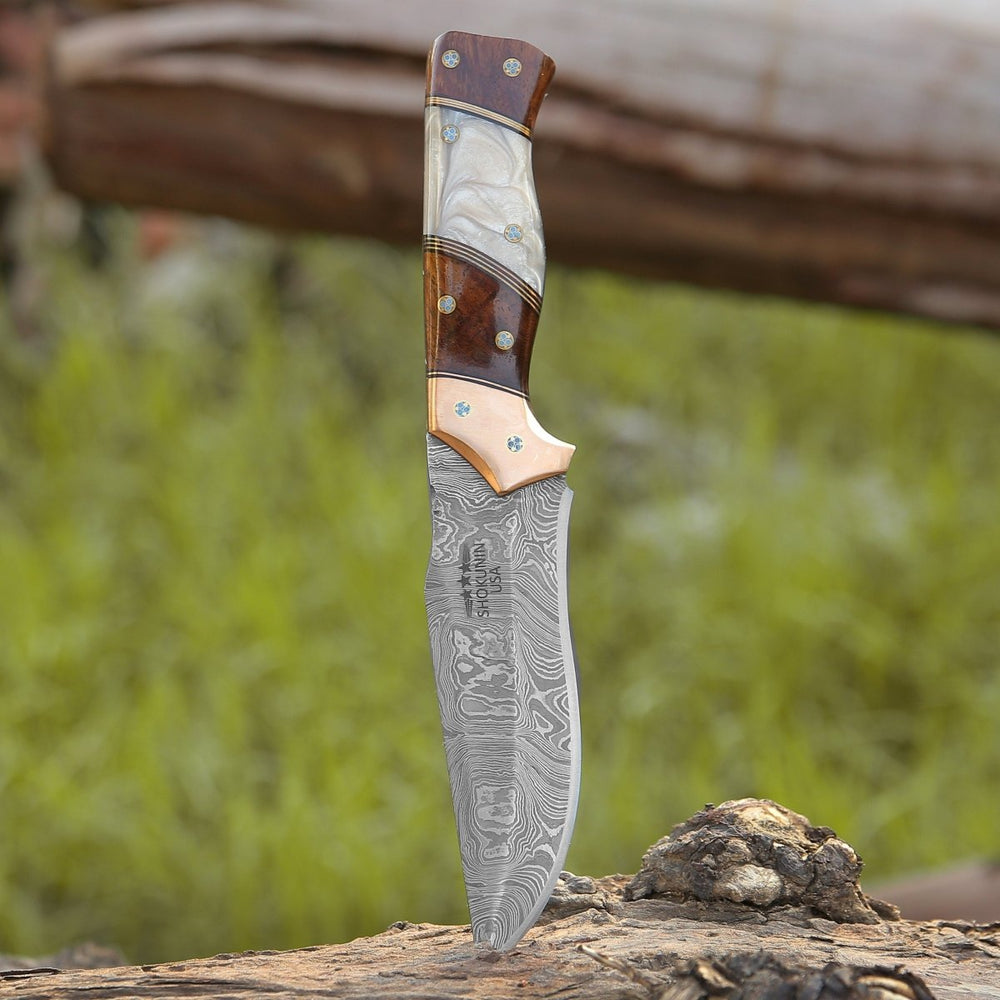


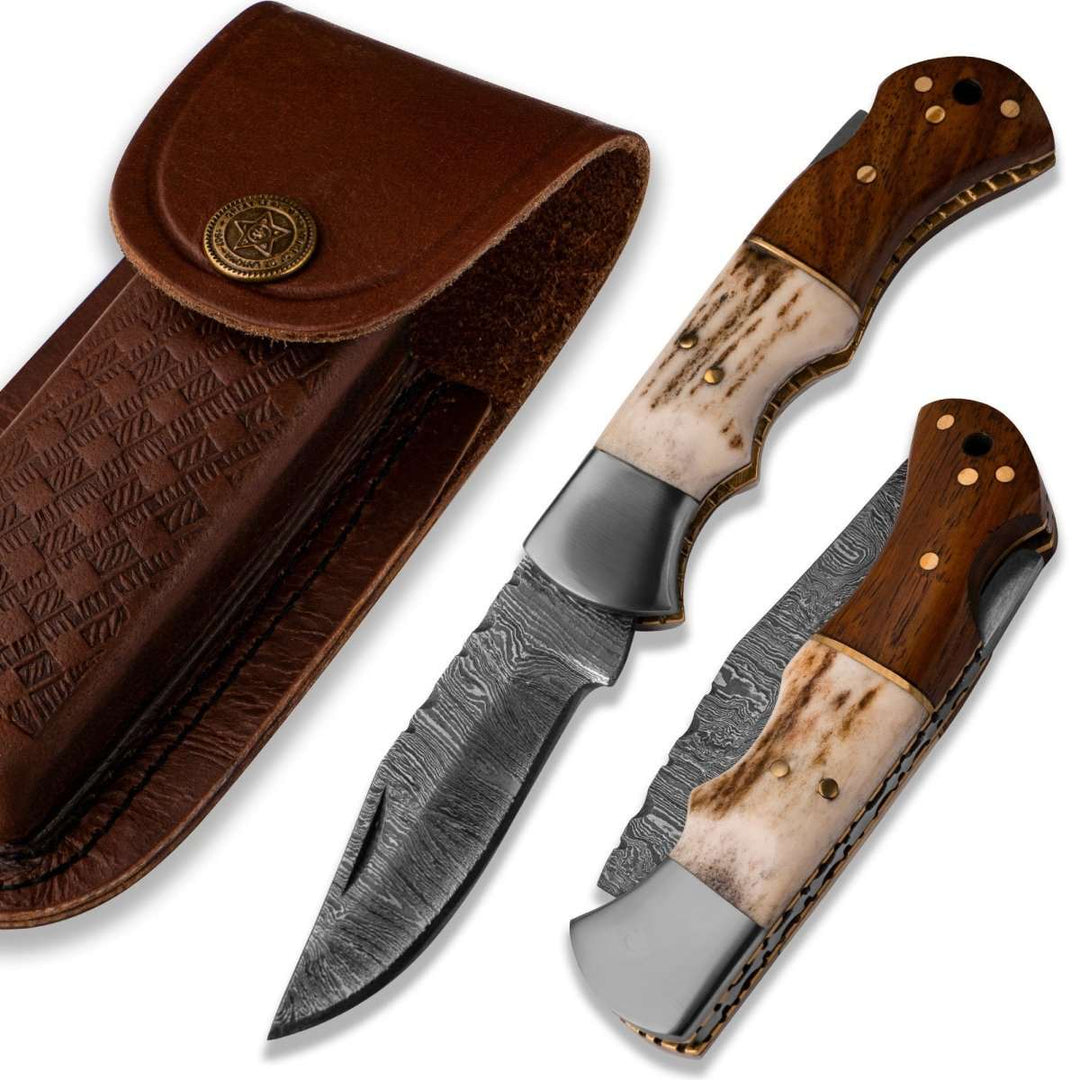
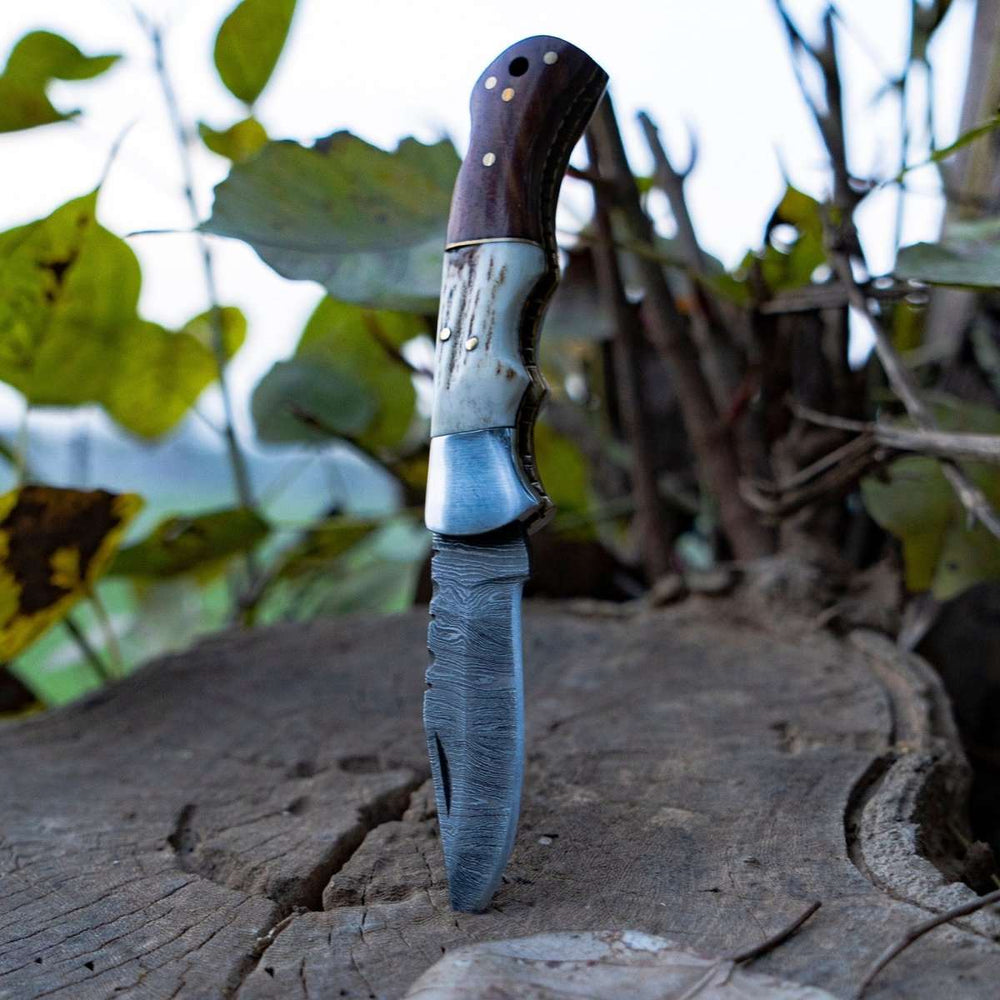




Lascia un commento